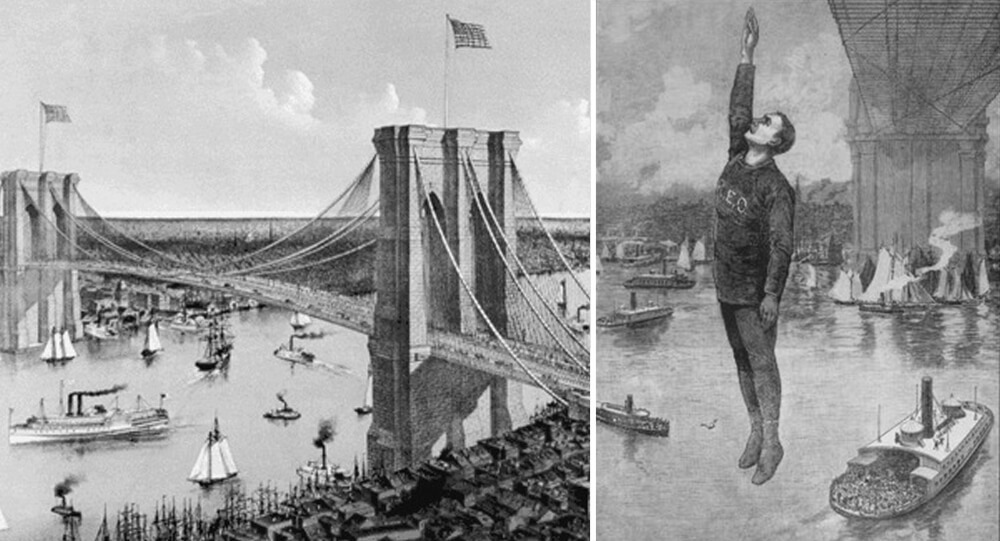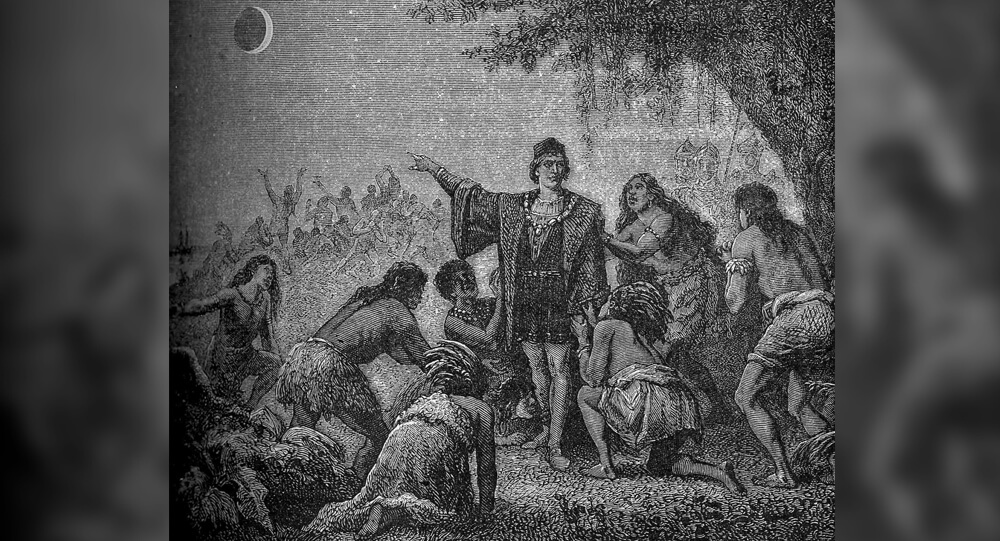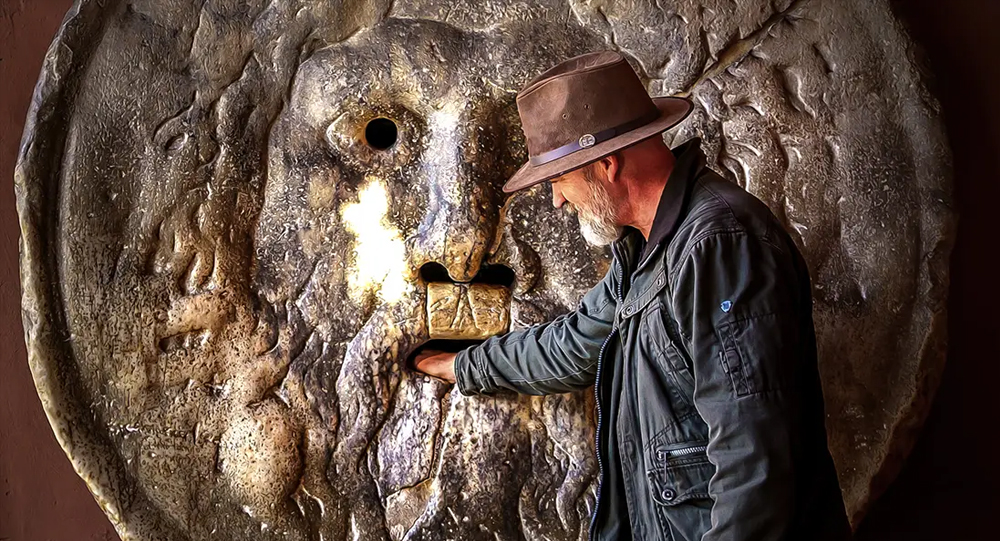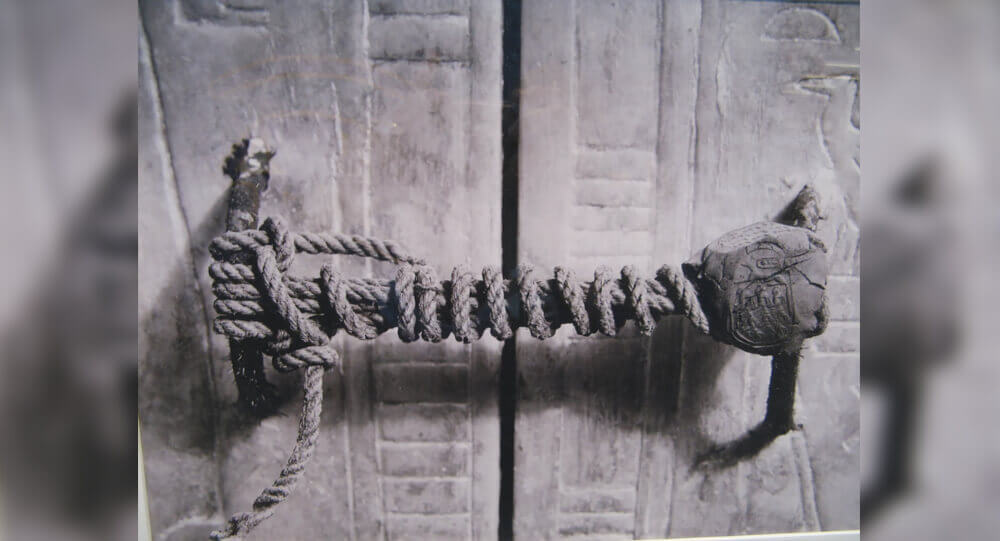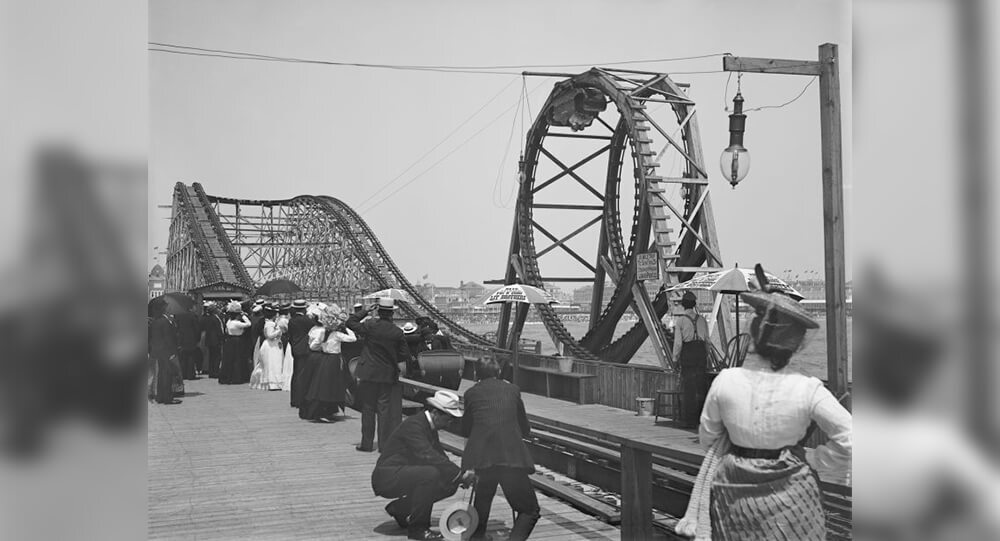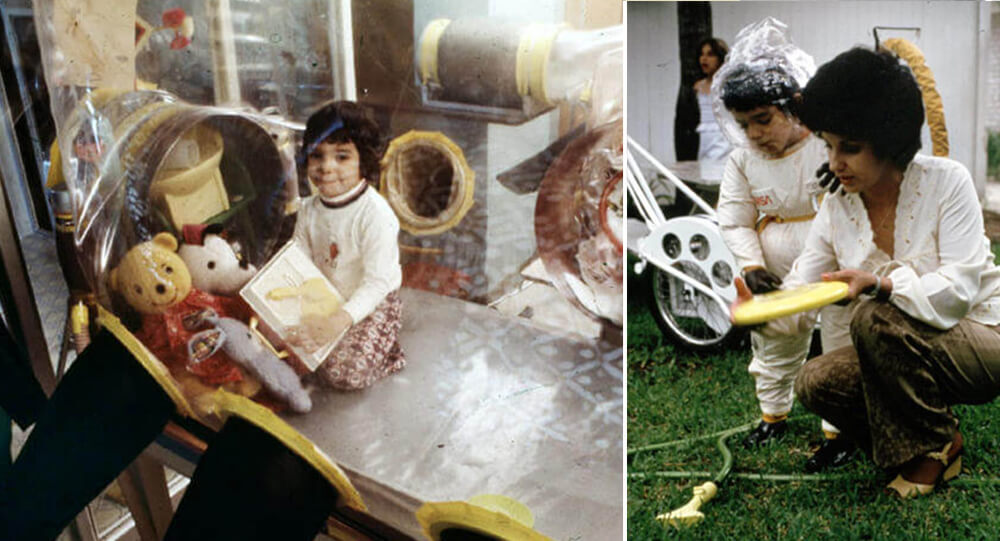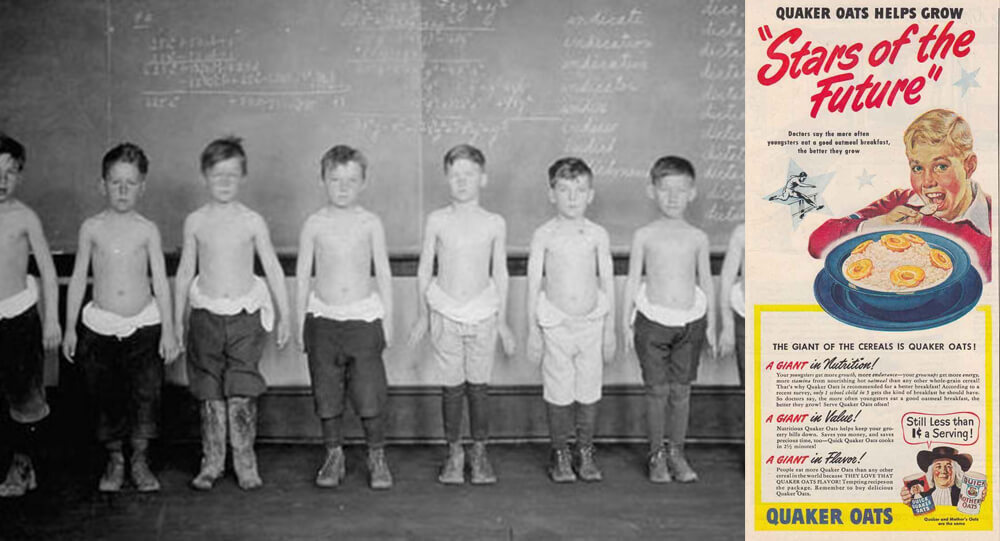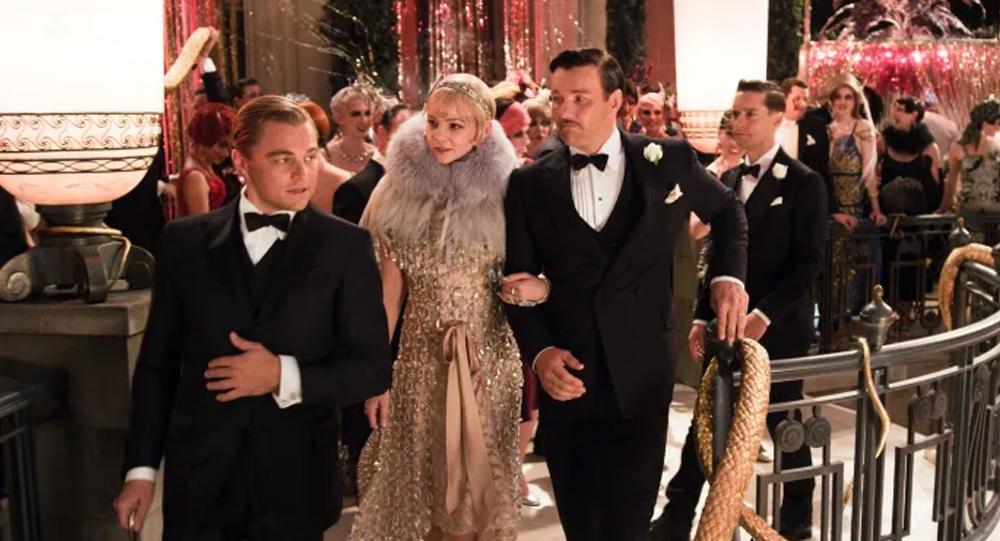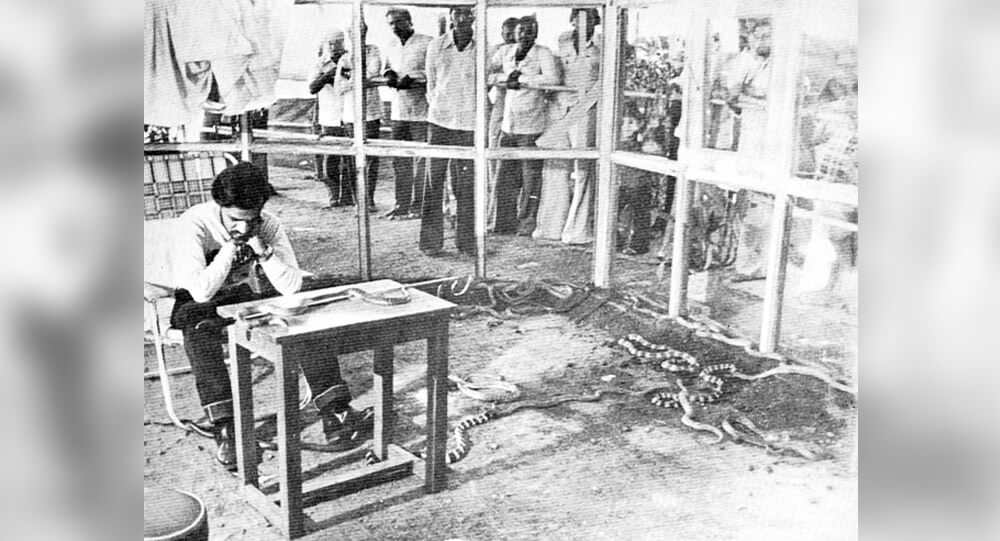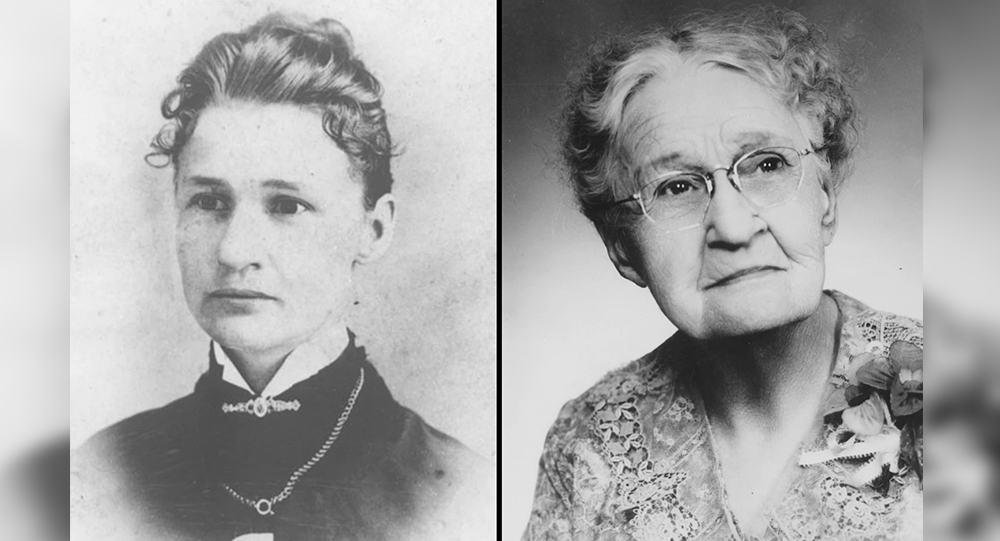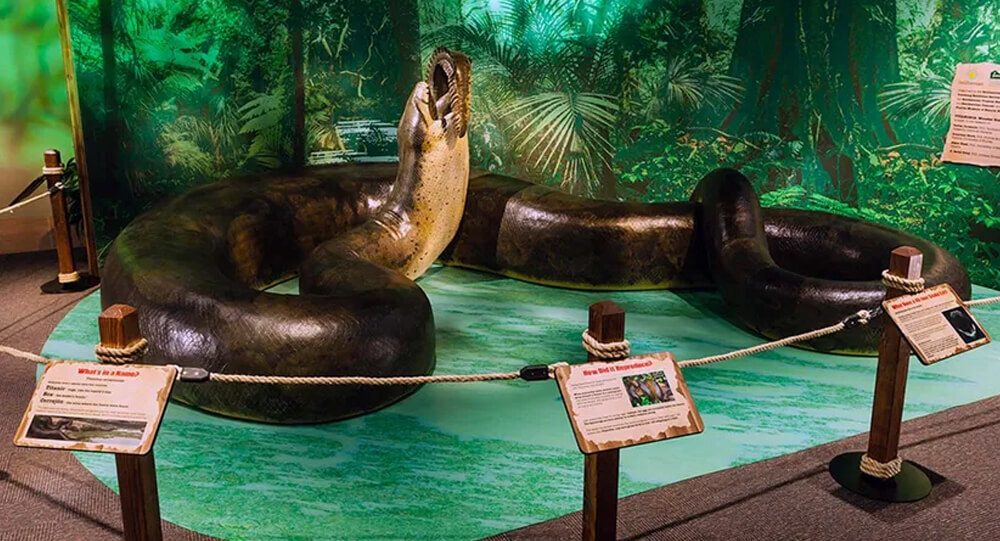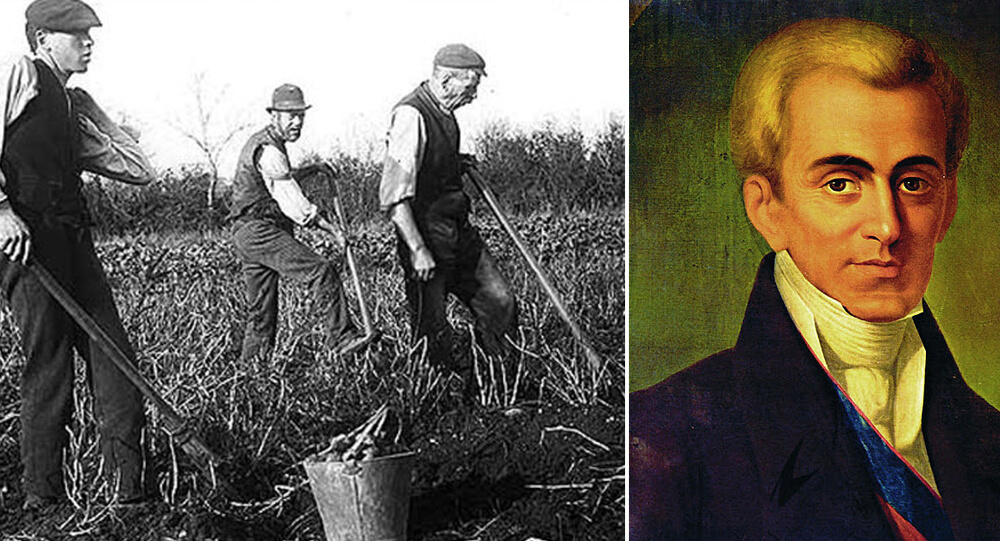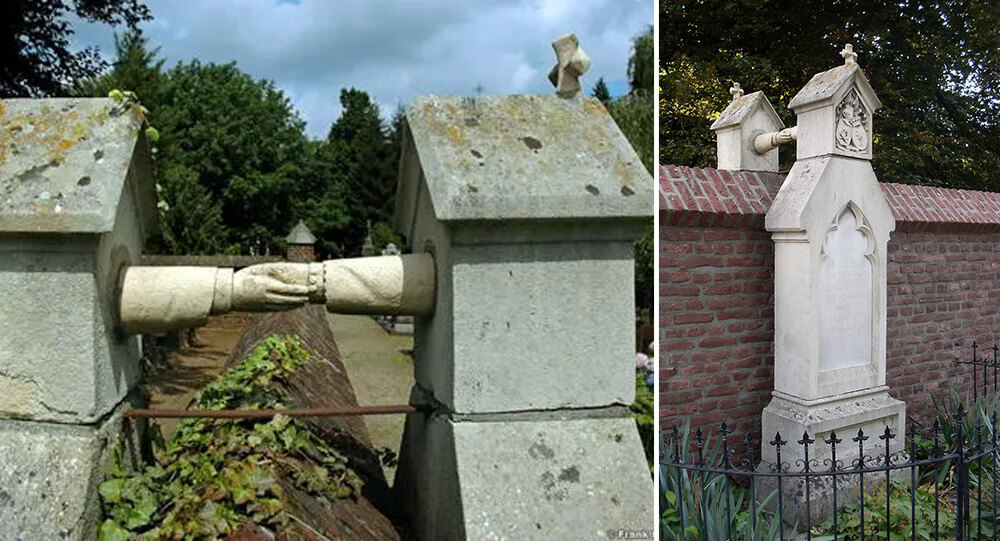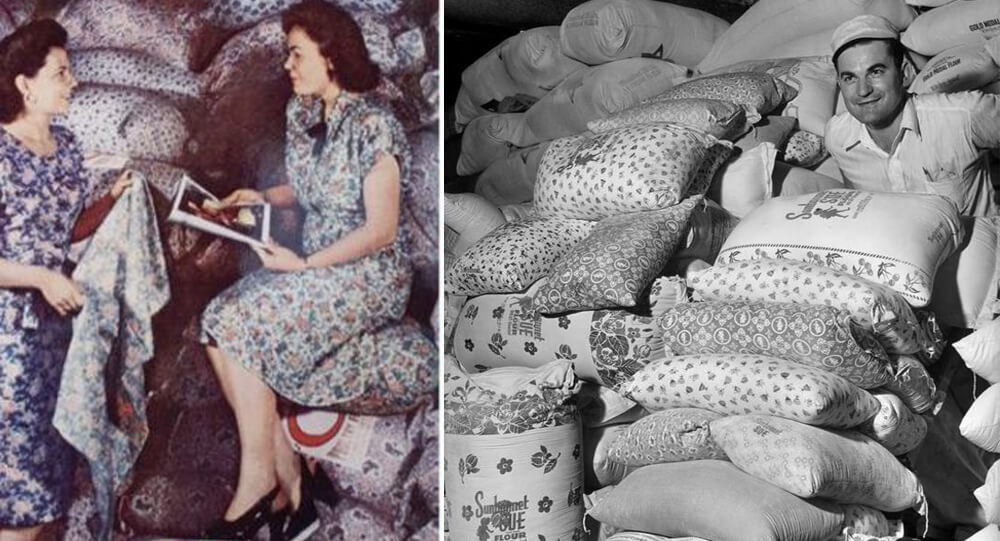
You might have seen a popular photograph of a man sitting cheerfully next to a pile of beautifully printed flour sacks, stating that the bags were used to make clothing for children in need. The short answer is that it is true! From the 1920s until the 1960s, flour sack attire was a common choice for many. But first, let’s look at the background of those pretty flour bags!
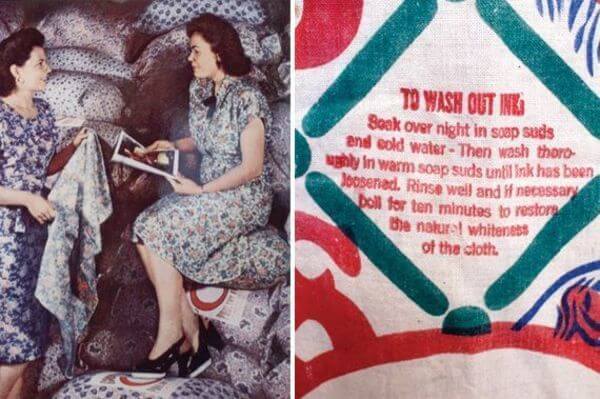
Let’s travel back to a time when saving money and frugality were the norm in support of the war effort. Young and old women wore these dresses. All of these gowns have an intriguing history, dating to a time when America was committed to recycling and the globe was at war.
Cotton: the flour holder
Beginning in the 1800s, cotton bags were used for the distribution of bulk goods like flour. To transfer more product, flour mills were able to give up wooden boxes in favor of the lighter cotton sacks. Not only did distributors find these cotton bags beneficial, but homemakers soon discovered a purpose for them as well.

People started coming up with inventive applications for the excess fabric that was lying around the home and barns. The unsightly, simple bags were sometimes ripped into pieces and used in many homes as dish towels.
These simple cotton sacks would be in use until 1922, but their influence and value would last for a very long time. Millers believed that switching the cotton sacks out for paper cartons would be more practical, both for distribution handling and storage for the typical housewife, and on April 28, 1922, The Washington Post published an article titled “Farewell to the Old Flour Sack.”
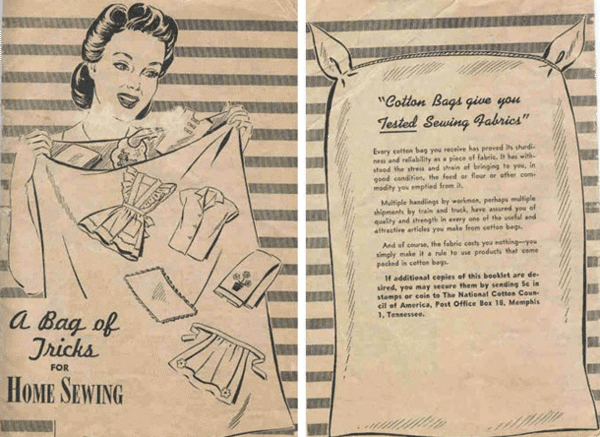
However, according to Feed Sack Secrets: Fashion from Hard Times, “both the city and country housewife would see the old flour sack in a new light in just a few short years. Thanks to a young guy by the name of Asa, changes were on the way. Bales, T.
Where flour sacks to pretty clothes started
In October 1924, Mr. Bales of Roscoe, Missouri, applied for a patent for cotton bags that had attractive patterns and were sizable enough to be used for apparel. Asa was specifically awarding his patent to the St. Louis-based George P. Plant Milling Co. for their new “Gingham” flour product. Different brands, such as “Gingham Girl,” “Mother Gingham,” “Baby Gingham,” and “Gingham Queen,” were created from the original line.

Plant Milling executives thought this was a fantastic marketing opportunity, since consumers would immediately recognize their brand when they saw the Gingham pattern. The indications on the package, such as the brand name, would wash away because the sacks were designed with clothing in mind, according to Bales’ patent. Specifically, this was done so that the cloth could be made into garments.
As soon as other mills learned about the strategy, they began creating their own chic packaging. The rival mills would engage in a contest to see who could create the most appealing pattern, using everything from pastels to novelty patterns.”
“A yard saved, was a yard gained towards victory”
When the United States entered World War II in the 1940s, Americans who were not on the front lines made sacrifices so that the soldiers would have food. The war effort received all of the cotton and wool that was available. Homemakers used the cotton sacks to produce apparel out of a desperate need for fabric. The flour sack dress evolved into a popular and fashionable garment. There were flour sack costumes everywhere you turned. There were even contests where ladies would compete and display their stitching prowess.

These costumes provided rural women with a cost-effective method to flaunt their sense of style. Before the 1960s, flour sack dresses were all the rage. We still recall the design of these recognizable gowns and the historical impact they have now!
Below are a few of the patterns that came from the bags:

Lovely dog and flower pattern. Photo credit: archiveproject.com

This fun pattern could have been used for all kinds of designs and garments. Photo credit: archiveproject.com
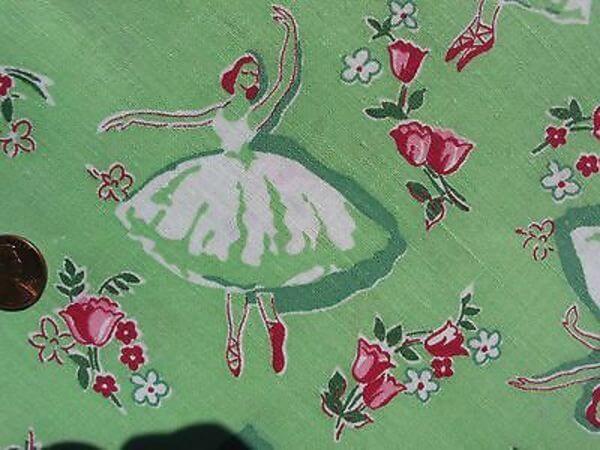
Here’s one of our favorite designs – this would have made a lovely dress! Photo credit: archiveproject.com
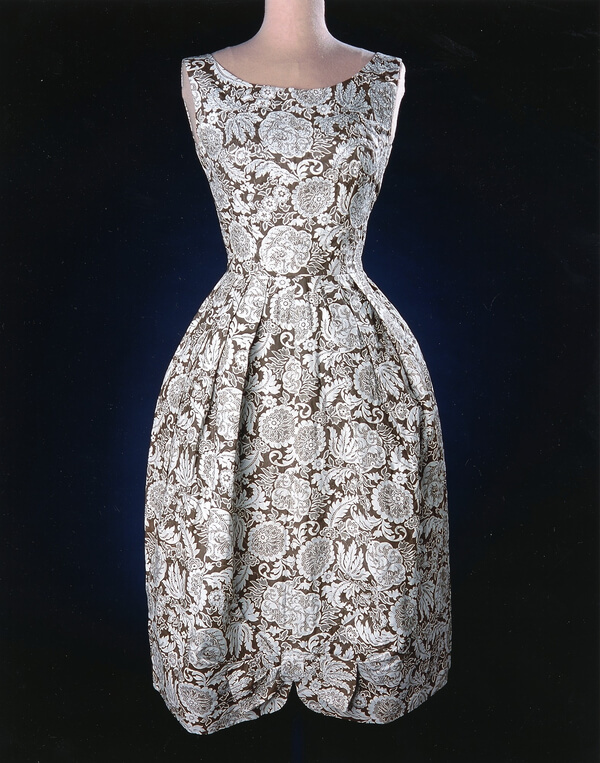
This phenomenon was so key to people in the Depression and post-war era that the Smithsonian even keeps a sack dress on display, as seen above. This dress was crafted in the 1950s as part of a bag sewing contest in Kansas. Photo credit: archiveproject.com

Robert Odlum, the first person to jump off the Brooklyn Bridge
The first person to jump off the Brooklyn Bridge was a professional high diver who "wanted to demonstrate that people did not die simply by falling through the air, thus encouraging people to be willing to jump from a burning building into a net." He proved himself correct by safely falling 135 feet through the air and dying only when he hit the water.

Reason Behind The Suicide Of Christine Chubbuck Live On Air
Actor Rebecca Hall had serious reservations about tackling the macabre story around why Chubbuck killed herself in 1974. So what changed her mind?

How a Total Lunar Eclipse Saved Christopher Columbus in 1504
In 1504, Christopher Columbus was stranded in Jamaica with natives who refused to give him food. But he knew the date and time of an upcoming lunar eclipse. So he told the natives that his gods were angry at their treatment of him, and would provide a clear sign. Once the eclipse started, the natives raced to give him food and begged for mercy.

Iranian inmate dies from happiness after finding out he will not be executed
An Iranian man who was convicted of murder reportedly died from happiness after learning that his death sentence was being commuted.

The Mouth of Truth: Ancient Rome’s Legendary "Lie Detector" That Bit Off Hands
Discover the chilling legend of the Mouth of Truth (Bocca della Verità) in Ancient Rome—a massive carved stone face believed to bite off the hand of anyone who lied while inserting their hand into its gaping mouth. Uncover the truth behind its eerie reputation and how this ancient artifact became a symbol of honesty and fear.

The unbroken seal on King Tutankhamun's tomb until 1922
The unbroken seal of Tutankhamun's tomb before it was opened in 1923, it was unbroken for over 3000 years.

Roller Coasters were First Invented to Distract People from sin
Roller coasters were invented to distract Americans from sin. In the 1880s, hosiery businessman LaMarcus Thompson didn’t like that Americans were going to places like saloons and brothels and created the first roller coaster on Coney Island to persuade them to go there instead.

Mother who spent entire life savings for daughter’s cancer treatment won the lottery
A mother won $2 million from a $10 scratch-off lottery ticket after she spent all of her entire life savings to pay her daughter’s cancer treatment. She bought the winning ticket after her daughter’s last cancer treatment.

Nordlingen, The Town Inside A Meteorite Crater With Millions Of Meteorite Diamonds
The German town of Nördlingen is embedded with 72,000 tons of microscopic diamonds. About 15 million years ago, a meteorite hit this region, and the impact created a massive depression and formed rocks containing diamonds, glass, and crystals. The town was built in the impact crater sometime around 898 CE.

A Brief History of the PlayStation Gaming Console
Sony's PlayStation was never meant to be an actual product. Instead, it was intended to be a CD-ROM console that would support Nintendo games. However, when Nintendo backed out of the deal at the last minute, Sony went ahead and launched what soon became one of the most successful gaming consoles of all time.

The touching story of David Vetter (bubble boy), the 'boy who lived in a bubble
David Vetter lived his whole 12 years in sterile “bubble”. He was “outside” for 20 second after being removed from his mother’s womb. He never touched any human.

Juliane Koepcke: The Teenager Who Fell 10,000 Feet And Trekked The Jungle to survive
In 1971, a high school student was sucked out of an airplane after it was struck by lightning. She fell 10,000 feet to the ground while still strapped to her chair and survived. Only to endure a 9-day trek to the nearest civilization.

Quaker Oats Fed Children with Radioactive Oatmeal
In the 1940s and 1950s, Quaker Oats and MIT conducted experiments on radioactive iron and calcium-containing cereal. The diet was part of a study to see if the nutrients in Quaker oatmeal traveled throughout the body. In January 1998, a $1.85 million settlement was reached for 30 victims who came forward.

From Flapper to Fashion Week: How 1920s Style Still Shapes Modern Trends
The roaring 1920s revolutionized fashion, introducing bold styles, daring cuts, and a spirit of freedom that still inspires today’s wardrobes. From flapper dresses to statement accessories, here’s how the Jazz Age lives on in modern fashion.

Why the Brooklyn Bridge Was Once Crossed by 17 Camels and 21 Elephants
On May 30, 1883, a rumor that the Brooklyn Bridge was going to collapse caused a stampede, which killed at least at twleve people. To prove the bridge was safe, P.T. Barnum led a parade of 21 elephants over it.

The Baltic Way: the longest unbroken human chain in history
On August 23, 1989, about 2 million people from Latvia, Estonia, and Lithuania formed a human chain that united all 3 countries to show the world their desire to escape the Soviet Union and the communism that brought only suffering and poverty. This power stretched 600 km.

How Sleep Deprivation Was Once Used as Torture
Sleep deprivation, long before modern interrogation techniques, was considered a “clean” and effective form of torture—leaving no physical scars, yet breaking minds with haunting silence. Victims endured days and nights without rest, leading to vivid hallucinations, disorientation, and psychological torment. This article traces the dark history of sleep deprivation as a weapon, examines the science behind its effects on the brain, and shines a light on the painful balance between human endurance and cruelty in the annals of coercion.

Franz Ferdinand’s Assassination that sparked World War I
Archduke Franz Ferdinand of Austria and his wife Sophie are shot to death by a Bosnian Serb nationalist during an official visit to the Bosnian capital of Sarajevo on June 28, 1914. The killings sparked a chain of events that led to the eruption of World War I by early August.

The story of a man who spent 72 hours with 72 venomous snakes to prove they only bite when provoked
In the 1980s, an Indian man spent 72 hours in a glass cabin with 72 snakes, some of which were extremely venomous. His aim was to prove that snakes only attack when provoked. Remarkably, he was not bitten once in those 72 hours and even set a Guinness World Record in the process.

Susanna Salter: The Trailblazing Story of America’s First Female Mayor
In 1887, Susanna Salter became the first female mayor in the United States, elected in Argonia, Kansas. Her nomination was initially a prank by men opposing women in politics. However, she won by a landslide and served effectively, inspiring the women’s suffrage movement and breaking barriers for women in leadership.

Archaeologists Uncover 2,000-Year-Old Amazonian Cities Using Lidar Technology
Deep in the Ecuadorian Amazon, archaeologists have uncovered an ancient network of urban settlements once inhabited by the Upano people about 2,000 years ago. Using cutting-edge lidar technology, these discoveries reveal a highly organized society featuring sophisticated agricultural systems, drainage canals, and extensive road networks. This transformative find challenges long-held assumptions about ancient Amazonian societies and sheds light on a complex civilization thriving in one of the world’s most biodiverse regions.

Titanoboa cerrejonensis, fossils of the world’s largest species of snake
In 2009 in a coal mine of Columbia, scientists discovered fossils of the world’s largest species of snake. The species is called “Titanoboa cerrejonensis,“and it is from around 60 million years ago. It would have had measured about 48 feet long and weighed about 2,500 pounds

Why the Word ‘Pen’ Comes from the Latin ‘Penna’ Meaning Feather
The humble word “pen” carries a rich history rooted in ancient times, derived from the Latin word penna, meaning “feather.” Long before modern pens revolutionized writing, feather quills—especially from geese—were the essential tools of scribes, scholars, and artists. This article journeys through the origins of the pen, its evolution, and fascinating trivia about the timeless connection between feathers and writing.

How Greek prime minister in 1830’s tried to spread the potato in Greece
A Greek prime minister in 1830’s tried to spread the potato in Greece but people weren’t interested so he put armed guards in front of shipments of potatoes so people would think they were important. People later started stealing these potatoes a lot which spread the crop to all of Greece.

Graves holding hands over wall, A Catholic woman and her Protestant husband grave
A protestant man and a Catholic woman who weren't allowed from being buried together in a graveyard in 19th-century Holland turned their graves into a monument showing them holding hands across the wall separating them.

